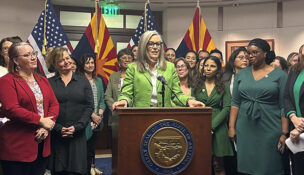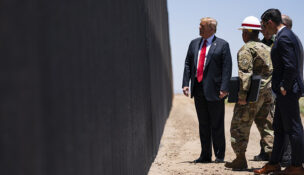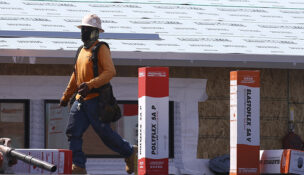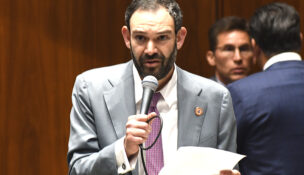UofA medical school opens in Phoenix
Arizona Capitol Reports Staff//October 13, 2006//[read_meter]
Reaching outAt a ceremony marking the opening of the new Phoenix campus for the University of Arizona medical school on Oct. 10, UofA President Robert Shelton reaches out across his...
No tags for this post.

















